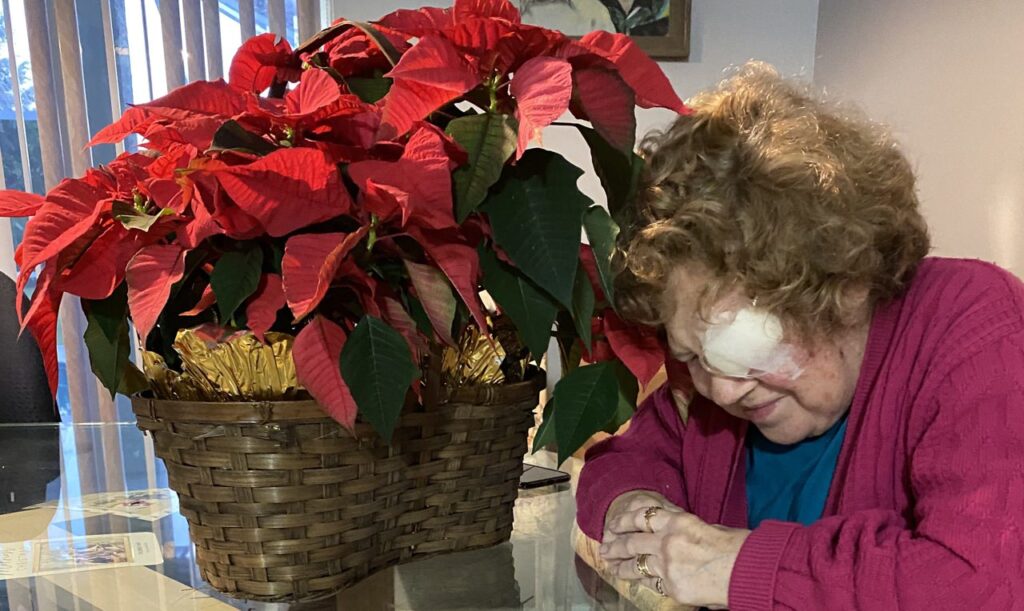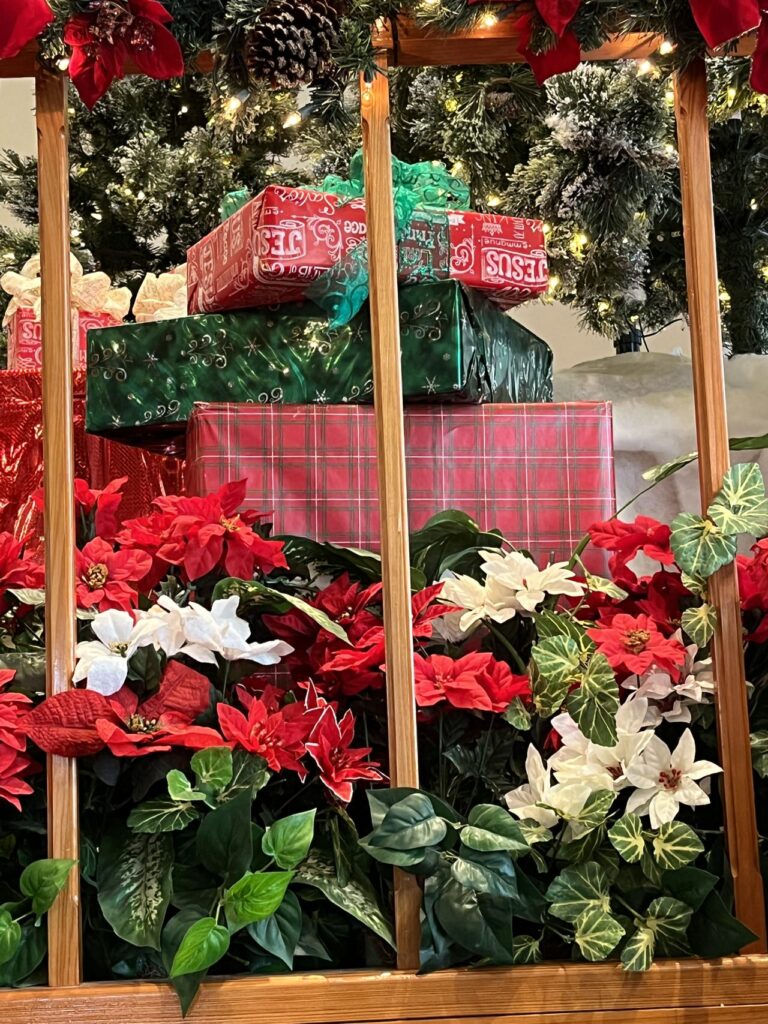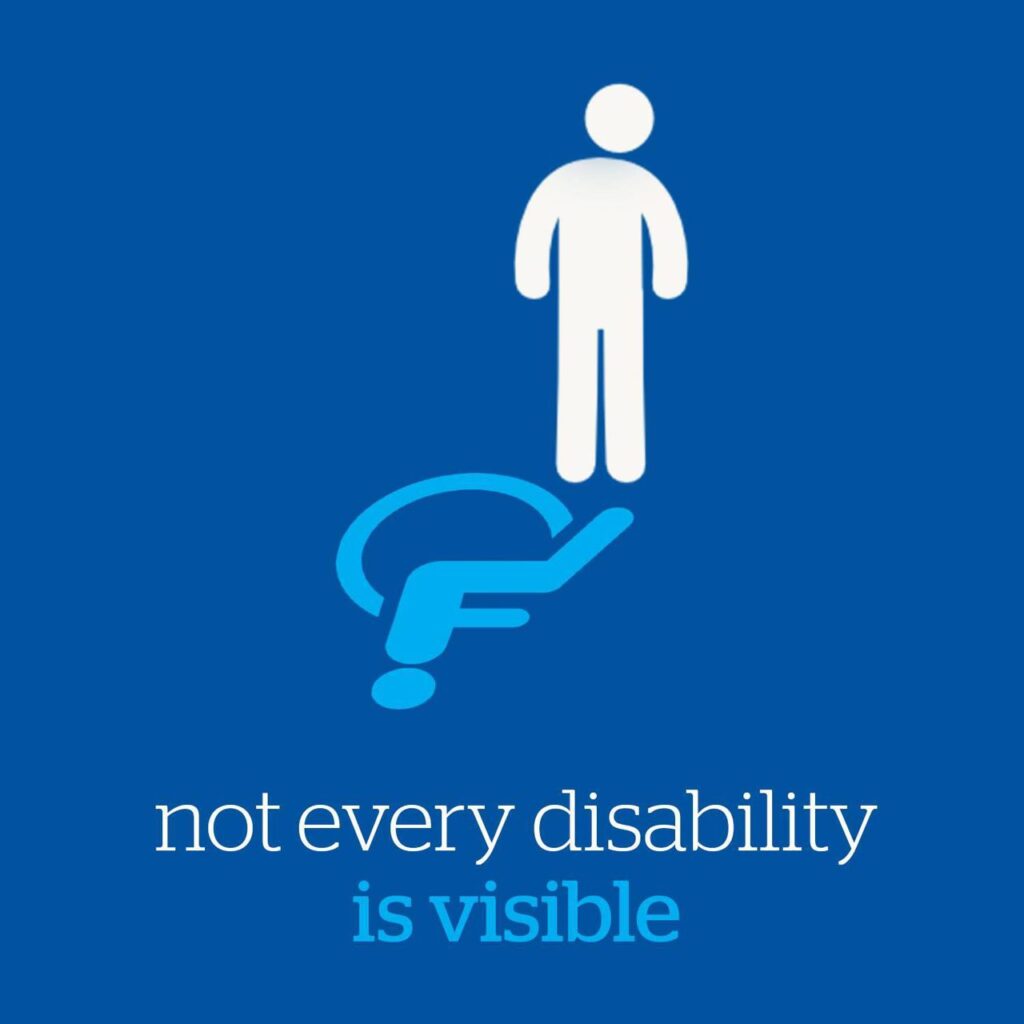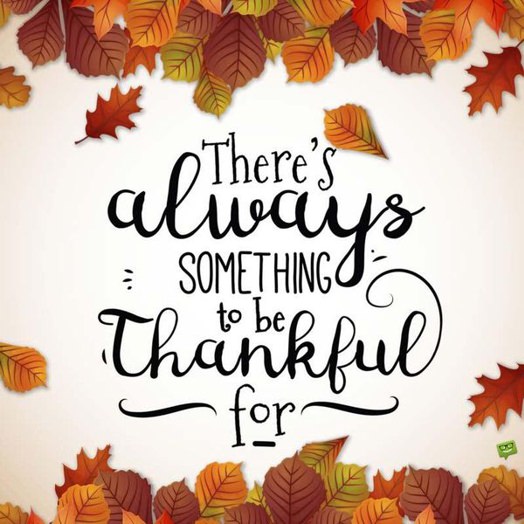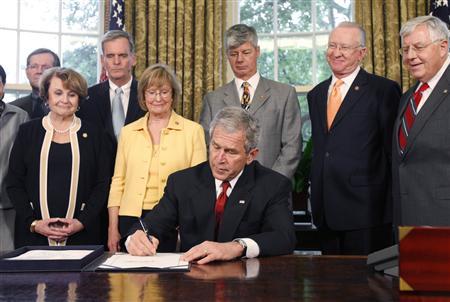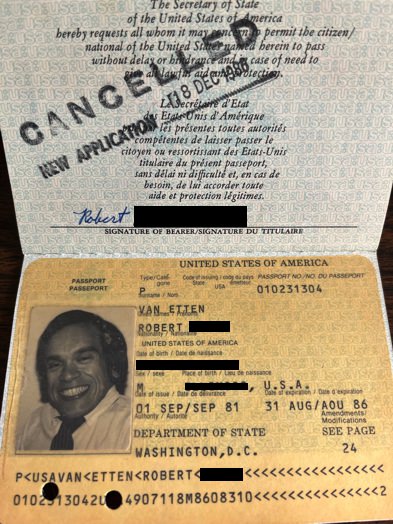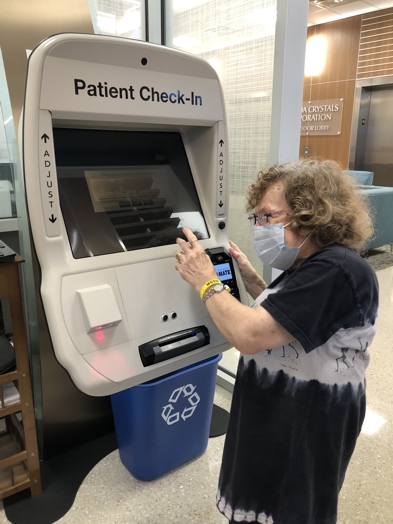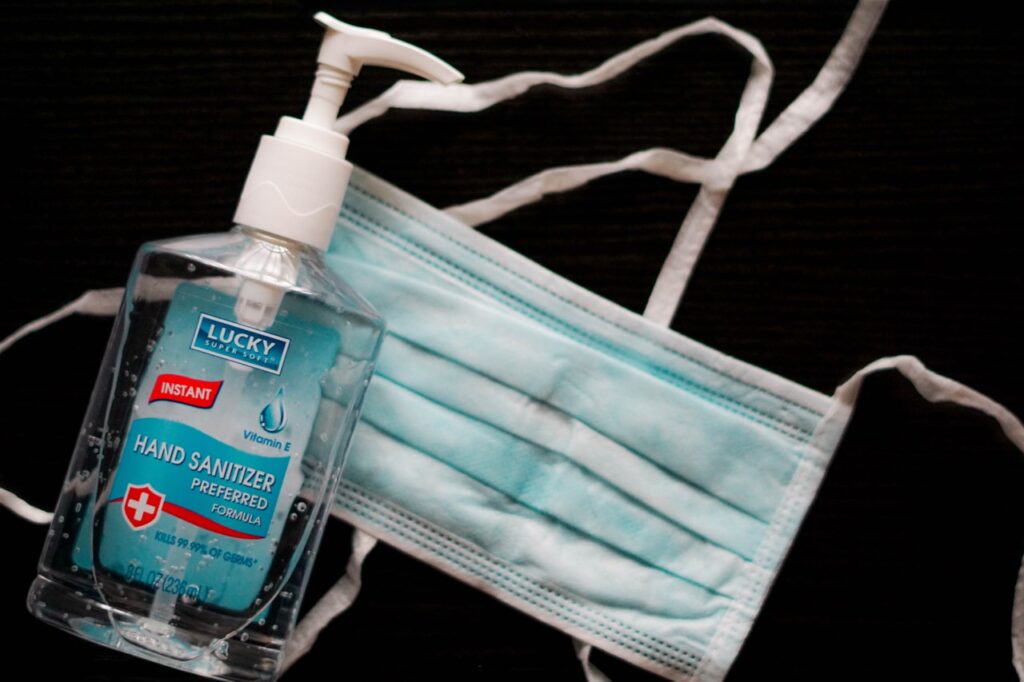
COVID-19 entered the dictionary after the first confirmed American case on January 21, 2020. Three years later, the virus has claimed the lives of well over one million Americans and 6.5 million worldwide.
Although pandemic isolation and lockdowns took its toll on everyone, people with disabilities were disproportionately impacted as shown in the following examples:
- People with developmental disabilities lost home and community based services and adult day programs closed.
Want to subscribe to receive blog updates sign up today!
- Students receiving special education services regressed on their learning goals and missed out on speech, physical, occupational, and behavior therapies.
- Disruption to healthcare services increased disability for patients, like stroke survivors, who were unable to access rehabilitation services.
- Employment of working-age people with disabilities was reduced by 20 percent.
Today in a populace weary of COVID-19 restrictions and emboldened by herd immunity from vaccines and prior COVID waves, getting “back to normal” is a priority. Students are back in school, employers have called their staff back to the workplace, and travelers are on the move in record numbers. What’s more, the three-W guidance—wear a mask, wait six feet back, and wash your hands—has gone by the wayside. This is bad news for people with disabilities who have an underlying medical condition—such as cancer, chronic kidney disease, COPD, Down syndrome, or immunocompromised. They have a higher risk for severe illness.
As a result, discarding mitigating measures is a bone of contention between those at risk and those who are risk averse. The impassioned pleas of people with underlying medical conditions has largely fallen on deaf ears. To obtain a different result, parents of immunocompromised children with disabilities in Virginia public schools went beyond impassioned pleas to protect their children when Governor Younkin issued an executive order to stop mandatory mask wearing. They filed a federal lawsuit and won. Armed with words backed by the force of federal disability laws, public school teachers and students in the state of Virginia can be required to wear masks as a reasonable modification, under the executive order, for students with disabilities who request the masking.
Likewise, under the Americans with Disabilities Act employers cannot exclude high-risk employees from the workplace unless the employee’s disability poses a direct threat to the employee’s health or safety that cannot be eliminated or reduced by reasonable accommodation. A High Efficiency Particulate Air filtration system is one example of a possible reasonable accommodation.
Despite President Biden’s assertion that “the pandemic is over,” COVID-19 not only persists, but is spreading. As of January 4, 2023, the Center for Disease Control weekly COVID-19 report included 2,731 deaths, 470,699 new cases, and 46,029 new hospital admissions. And these counts are an underestimate given how many don’t test at all, or don’t report home test results. And, due to the surge of cases in China, travelers from China must now show a negative COVID-19 test before entering the U.S.
So let’s add another W to COVID-19 guidance. Be Wary of positive political predictions—it ain’t over ‘til it’s over.
You may also like:
- Angela Muir Van Etten. “Is Long COVID A Disability Under the Americans with Disabilities Act?” January 10, 2022. https://angelamuirvanetten.com/is-long-covid-a-disability-under-civil-rights-laws/
- Angela Muir Van Etten. “Staying Safe in Church.” August 10, 2020. https://angelamuirvanetten.com/staying-safe-in-church/
- Information on Angela’s weekly blog posts and dwarfism book trilogy at https://angelamuirvanetten.com.
- “What You Should Know About COVID-19 and the ADA, the Rehabilitation Act, and Other EEO Laws.” U.S. Equal Employment Opportunity Commission. July 12, 2022. https://www.eeoc.gov/wysk/what-you-should-know-about-covid-19-and-ada-rehabilitation-act-and-other-eeo-laws
- Trends in Number of COVID-19 Cases and Deaths in the US Reported to CDC, by State/Territory. The Centers of Disease Control and Prevention. https://covid.cdc.gov/covid-data-tracker/#trends_weeklycases_select_00





